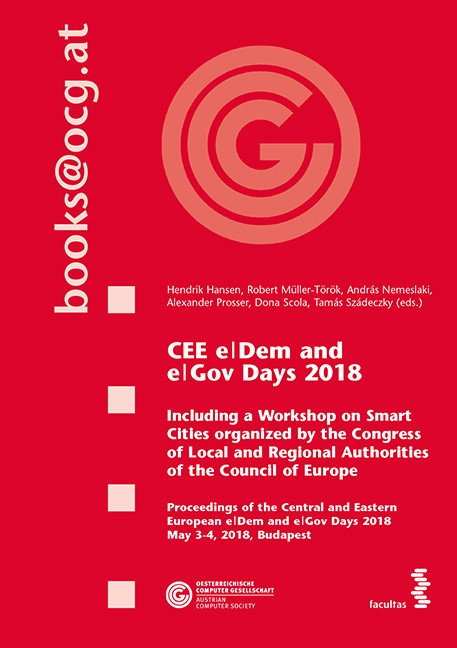The Puzzle of ICT Driven Innovation in the Public Sector: Hungary's Case
Main Article Content
Article Sidebar
Abstract
Public ICT (Information Communication Technologies) investments do not necessarily result in improvement of effectiveness or efficiency regarding public services. Hungary has been spending around 1,2 billion Euros using funds from the European Social Cohesion and Structural Funds during the period of 2007-2018 for modernizing its public administration. Taking the investments into other sectors as a comparison, this means that more than 25% of ICT development projects go to the public sector, which is in the magnitude of the financial, commercial and media sectors of Hungary. While the effects of digital transformation are unquestionable in these latter sectors, effectiveness of public ICT spending is problematic. When we look at the measurement scoreboards used in the EU and UN, we find Hungary not even improved its position, but in some areas has lost competiveness and fell behind. In this paper we show using some elements of earlier findings in digital innovation studies on public administration, that four key factors should be analysed in detail to find out reasons behind this phenomenon, Infrastructural questions, although need constant development and improvement, do not seem to be key explaining factors of lack of productivity improvement. Nor the techno-legislative institutions seem to be obstacles in Hungary´s case, but rather some alignment in policy objectives and consistency.
How to Cite
Downloads
Article Details
digital innovation, public sector ICT, service and process innovation, Hungary

